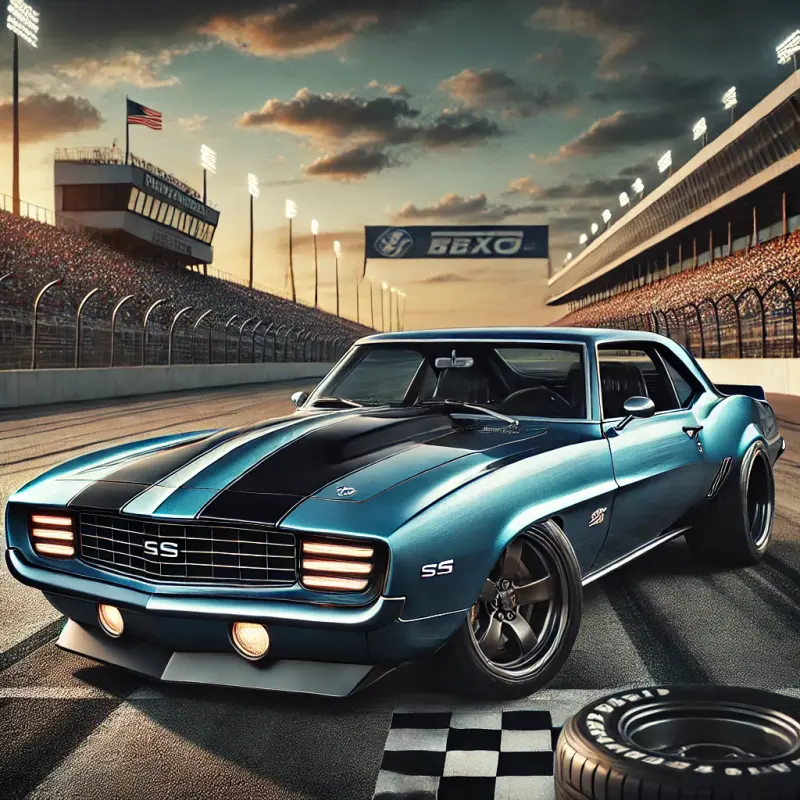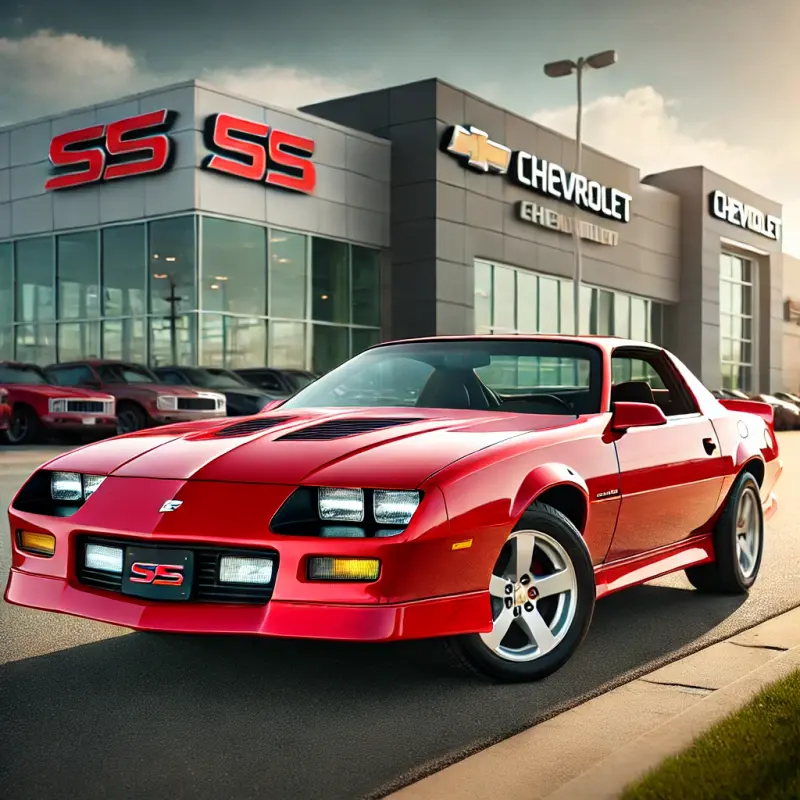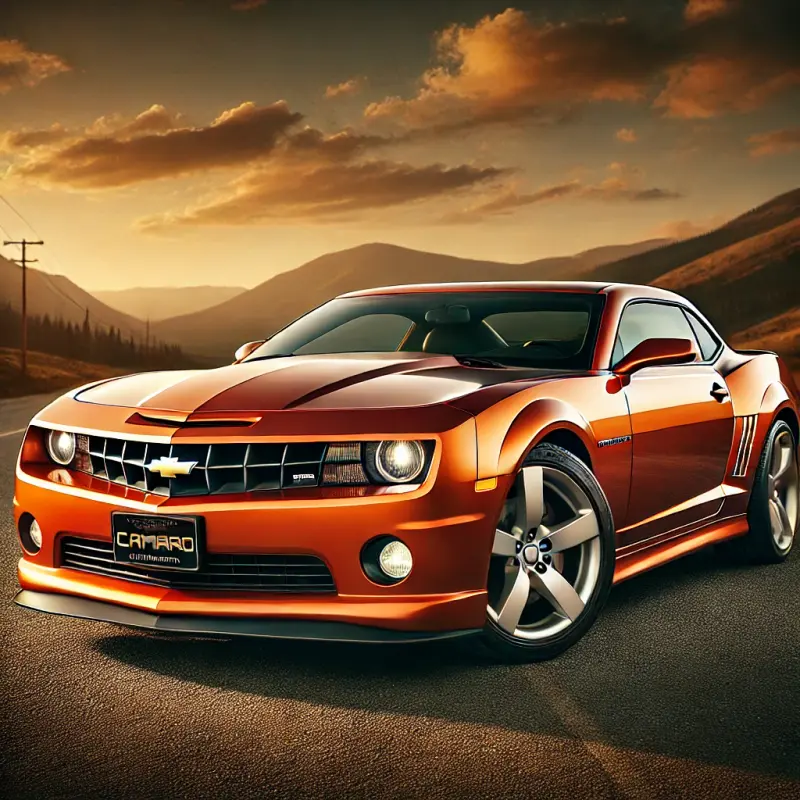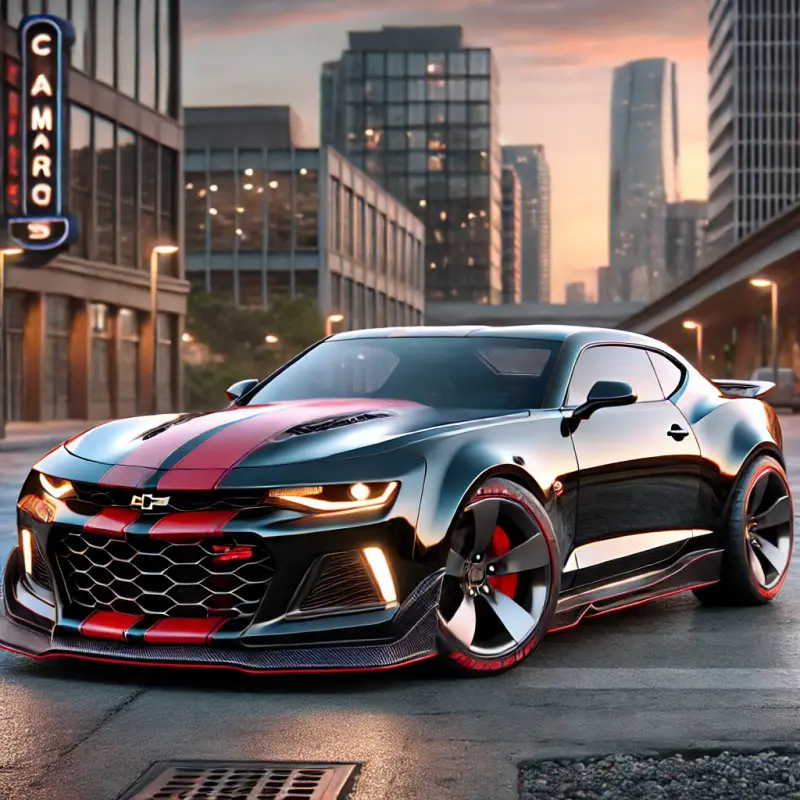The History of the Chevrolet Camaro: An Iconic American Muscle Car
Introduction
The Chevrolet Camaro is one of the most iconic and enduring muscle cars in American automotive history. Introduced in 1966 as a direct competitor to the Ford Mustang, the Camaro quickly carved out a reputation for performance, style, and innovation. Over the decades, it has evolved through multiple generations, each bringing new advancements while maintaining its muscular appeal and racing pedigree.
This blog explores the entire history of the Chevrolet Camaro, covering its origins, evolution through generations, major redesigns, technological innovations, and cultural impact. Whether you're a die-hard Camaro fan or a newcomer, this in-depth guide provides a comprehensive look at this legendary vehicle.

The Origins of the Chevrolet Camaro (1966-1969)
The Birth of the Camaro
In the mid-1960s, the Ford Mustang dominated the growing "pony car" segment, prompting Chevrolet to develop its own contender.
In 1965, Chevrolet began work on a new model under the code name XP-836, later named the Camaro.
On September 29, 1966, Chevrolet officially introduced the 1967 Camaro, marking the birth of a new American muscle car.
First-Generation Camaro (1967-1969)
Built on General Motors’ F-body platform, the first-generation Camaro was available in coupe and convertible models.
Offered multiple trims, including the base model, RS (Rally Sport), SS (Super Sport), and Z/28 (performance-oriented model).
The Z/28 was designed for the SCCA Trans-Am racing series, featuring a 302 cubic-inch V8 engine.
The 1969 Camaro received an aggressive styling update with wider, lower body lines, becoming one of the most beloved classic muscle cars.
Second-Generation Camaro (1970-1981): Evolution and Challenges
1970-1973: Refinement and Power
A complete redesign in 1970 introduced a longer, wider, and more European-inspired design.
The SS and Z/28 models continued, with the Z/28 now featuring a 350 cubic-inch LT-1 V8.
The RS package became popular, adding unique split bumpers and hidden headlights.
1974-1981: Emissions and Safety Regulations
1974 brought new federal safety regulations, requiring larger bumpers.
Performance declined due to emission controls and fuel economy concerns, with horsepower ratings dropping.
The Z/28 model was briefly discontinued in 1975 but returned in 1977 due to demand.
By 1981, the Camaro was still popular but needed modernization.
Third-Generation Camaro (1982-1992): Aerodynamics and Fuel Efficiency
The third-generation Camaro debuted in 1982, featuring a sleek, aerodynamic design and lighter unibody construction.
Introduced the fuel-injected 305 cubic-inch V8 and a new 5-speed manual transmission.
Special editions like the IROC-Z (International Race of Champions) arrived in 1985, becoming one of the most iconic Camaros of the era.
The Z/28 continued, while RS trims provided a stylish yet affordable option.

Fourth-Generation Camaro (1993-2002): Modern Muscle
In 1993, the Camaro received another full redesign, featuring smoother body lines and improved aerodynamics.
Powered by the LT1 V8 engine (from the Corvette), producing up to 275 horsepower.
The 1998 facelift introduced the LS1 V8, boosting performance to 305+ horsepower.
Despite strong performance, sales declined, and GM discontinued the Camaro in 2002, marking an end of an era.

Fifth-Generation Camaro (2010-2015): The Rebirth
After an 8-year hiatus, the Camaro returned in 2010 with a retro-inspired design reminiscent of the 1969 model.
Built on GM’s Zeta platform, the new Camaro came with V6 and V8 options.
The SS trim featured a 6.2L LS3 V8 producing 426 horsepower.
Special editions, such as the ZL1 (supercharged 6.2L V8) and track-focused Z/28, brought back serious performance capabilities.
This generation revitalized the Camaro brand, leading to its continued success.
Sixth-Generation Camaro (2016-Present): Innovation and Performance
The sixth-generation Camaro, launched in 2016, featured a lighter chassis and improved handling.
Offered multiple performance trims:
SS: 6.2L LT1 V8 (455 horsepower).
ZL1: Supercharged 6.2L V8 (650 horsepower).
1LE Packages: Track-ready enhancements.
Advanced technology, including Magnetic Ride Control, digital displays, and driver-assist features, elevated the Camaro's capabilities.
The 2022 Camaro SS and ZL1 remain among the best-performing muscle cars in history.

The Future of the Chevrolet Camaro
With rising interest in electric vehicles (EVs) and changing industry trends, the Camaro's future remains uncertain. While Chevrolet has not confirmed a seventh-generation Camaro, speculation suggests:
A hybrid or fully electric Camaro could be in development.
Performance models will continue, possibly under a new EV-based muscle car platform.
Chevrolet may reposition the Camaro as a high-performance sports sedan or EV coupe.
Cultural Impact and Legacy
The Chevrolet Camaro has had a significant impact on pop culture, motorsports, and car enthusiasts worldwide.
Pop Culture:
Featured in films like Transformers (as Bumblebee) and Fast & Furious.
A symbol of American muscle car culture, often compared to the Ford Mustang and Dodge Challenger.
Motorsports:
A strong presence in NASCAR, drag racing, and Trans-Am series.
The ZL1 1LE set records as one of the fastest track-focused muscle cars.
Enthusiast Community:
Camaro clubs and enthusiast groups remain active worldwide.
Custom builds, restoration projects, and modern modifications keep the Camaro spirit alive.
Conclusion
The Chevrolet Camaro has evolved from a Mustang competitor to an icon of American performance and design. With over five decades of history, the Camaro remains a symbol of power, speed, and innovation.
Whether the future holds electric muscle cars, hybrid performance, or an all-new Camaro design, the legacy of the Camaro is etched into automotive history forever.